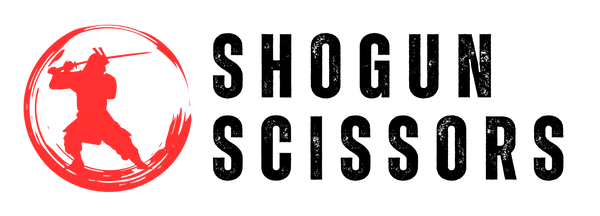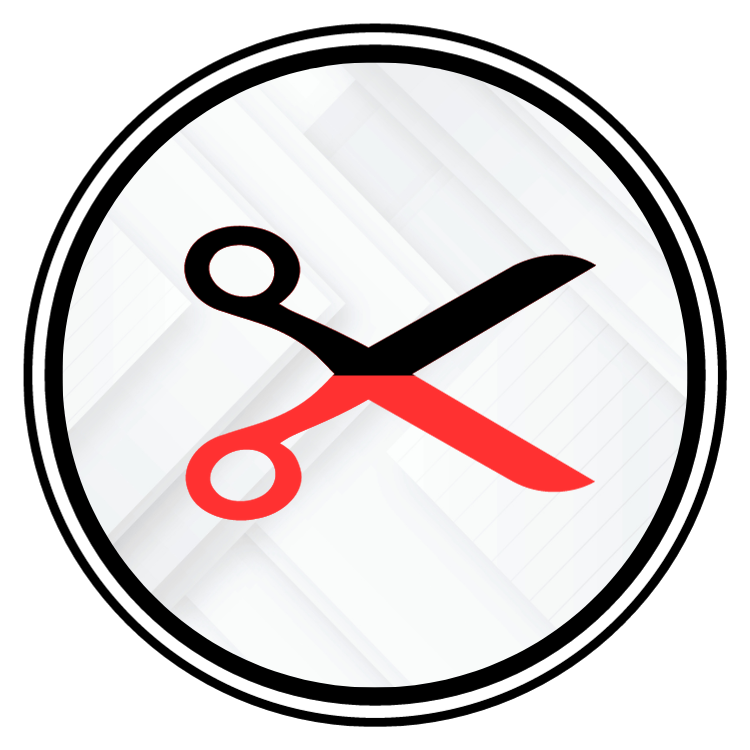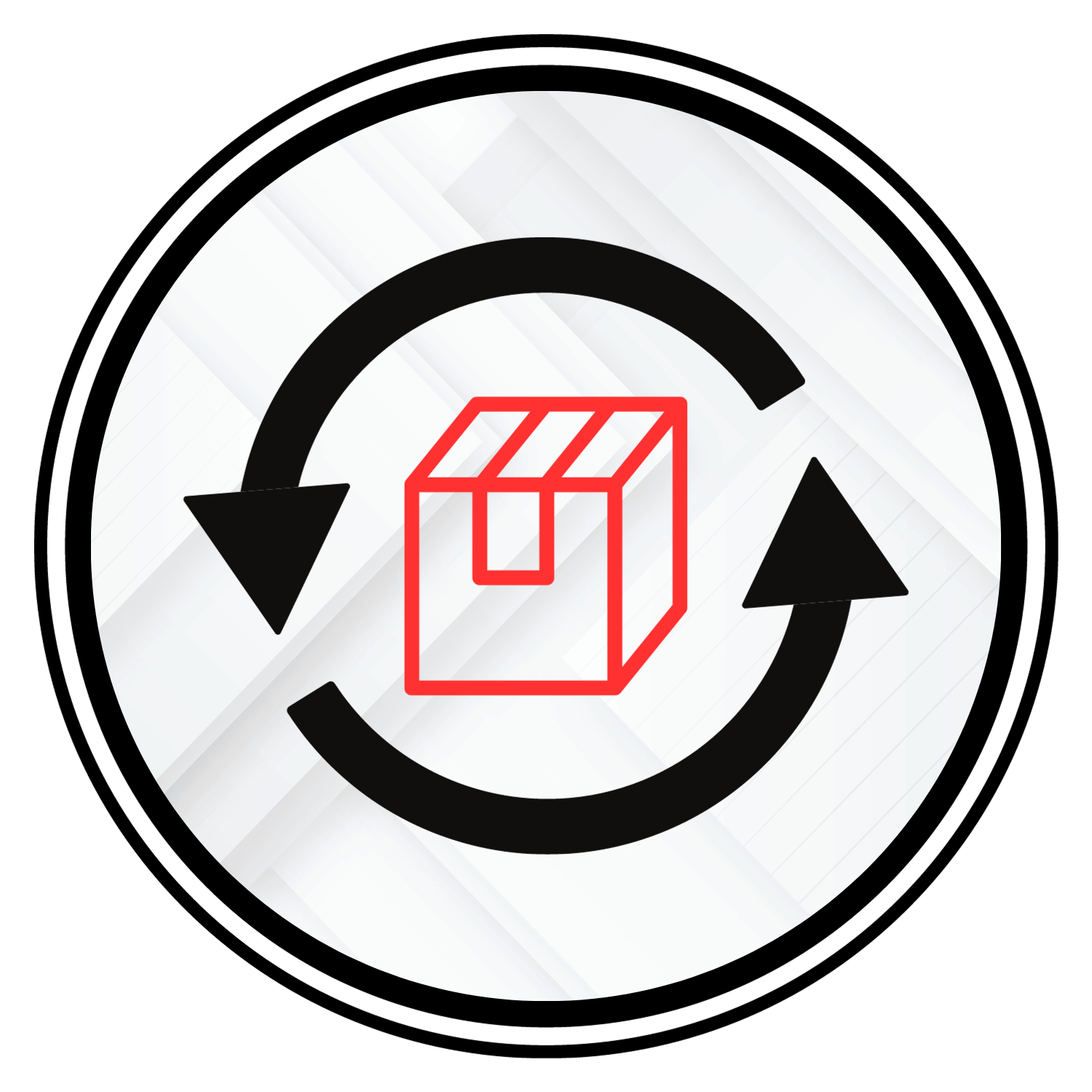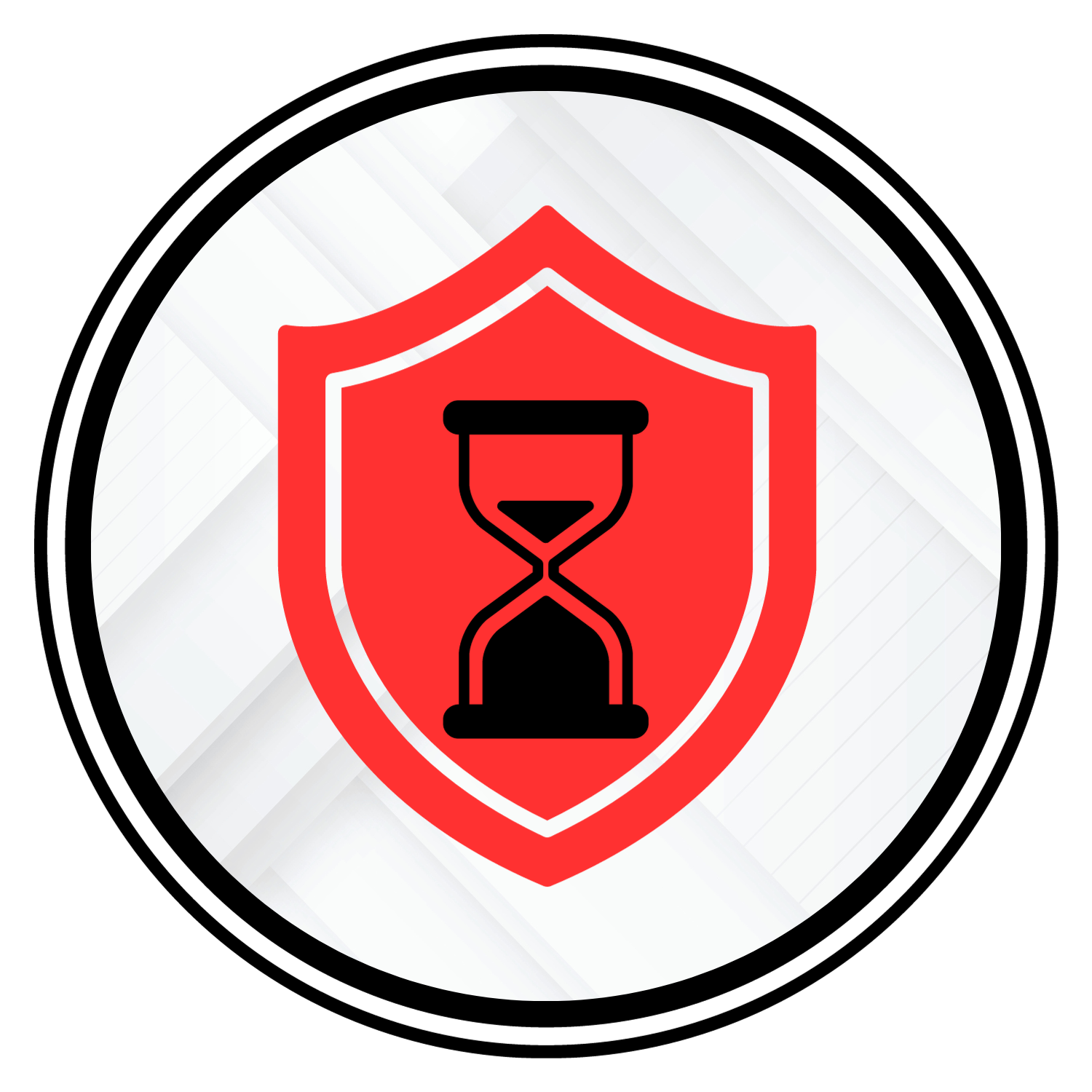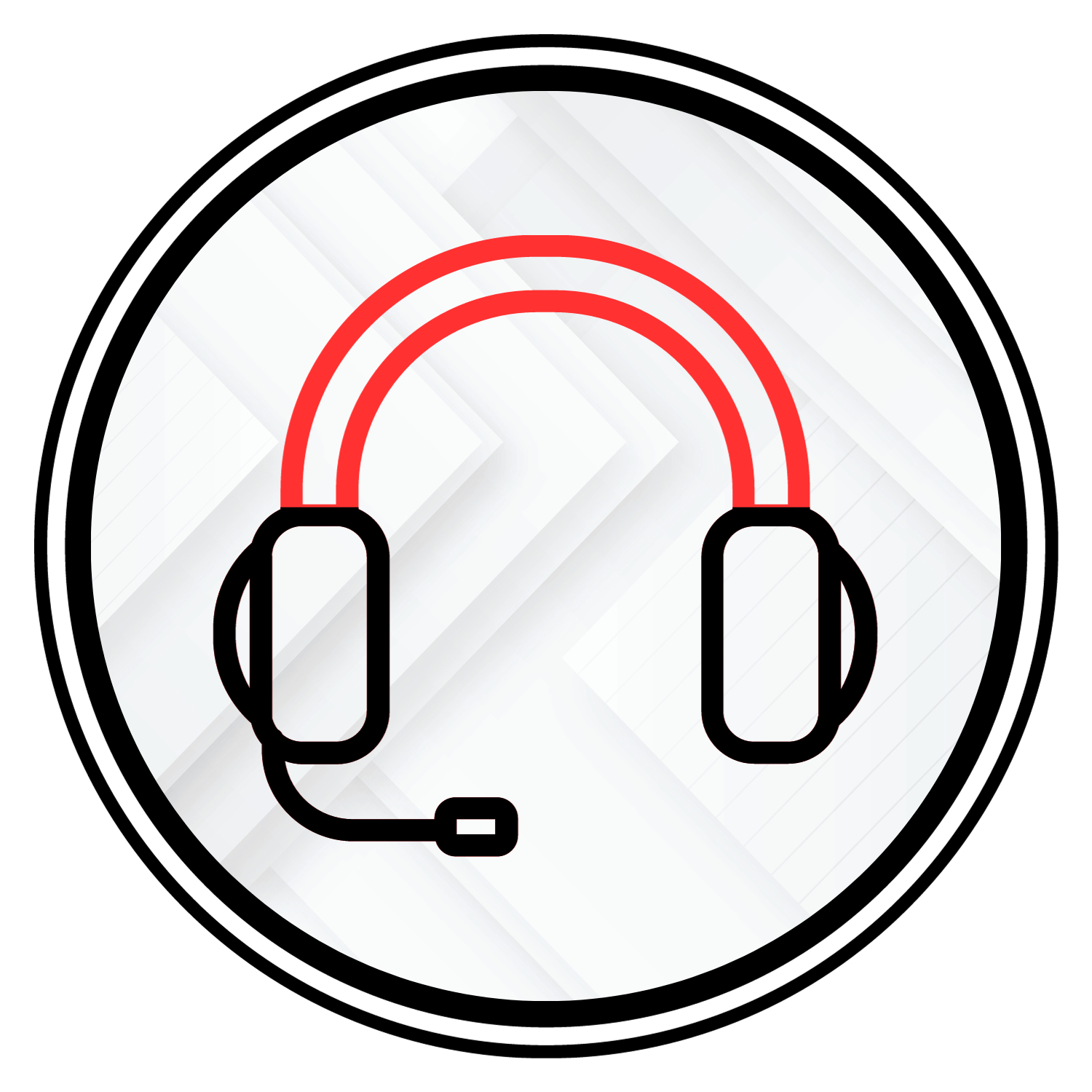Hairdressing scissors are the primary tools that hairstylists rely on to create stunning hairstyles. Understanding the various parts of these scissors is crucial for every stylist, whether you're a seasoned professional or just starting out. In this blog, we'll explore the anatomy of hairdressing scissors, helping you gain a deeper understanding of the components that make up these essential tools.
The Blade
The blade of a hairdressing scissor is the most critical part. It's the sharp edge responsible for cutting the hair. Scissor blades can vary in length and design. The most common blade types are straight blades, but you can also find curved or specialty blades for specific cutting techniques. High-quality blades are typically made of stainless steel, which ensures durability and resistance to corrosion.
The Tip
The tip of the scissor blade is the pointy end used for precision work, such as creating sharp angles and detailing. The tip is especially important for achieving intricate cuts and adding precise finishing touches to a haircut.
The Edge
The edge of the blade is the sharpened side of the scissor, which contacts the hair during a cut. Maintaining a sharp edge is crucial for achieving clean, precise cuts. Regular sharpening and maintenance are essential to keep the edge in optimal condition.
The Tang
The tang is the part of the blade where the finger hole is located. It extends from the blade to the pivot screw. The size and shape of the tang can vary among different scissor models. It's the part where you place your finger when holding the scissors, so it greatly influences comfort and control.
The Pivot Screw
The pivot screw, also known as the tension screw, is the central point where the two blades are connected. It allows you to adjust the tension of the blades, making them open and close more or less tightly. Proper tension adjustment is essential for achieving smooth, controlled cuts.
The Finger Hole
Hairdressing scissors have one or two finger holes, depending on their design. These holes are where the stylist's fingers go. The size and shape of the finger holes should be comfortable and ergonomic for the stylist, as they affect control and ease of use.
The Handle
The handle is the portion of the scissor that you grip when cutting. Some scissors have a symmetrical, straight handle design, while others feature offset or ergonomic handles that are curved or angled to reduce strain on the wrist and hand. The choice of handle design can significantly impact the comfort of the stylist during long hours of work.
The Bumper
The bumper is a small, often rubber or plastic, piece located at the end of one of the blades. It serves to dampen the impact when the blades close, reducing the risk of shock and strain on the hand and wrist.
Conclusion
Understanding the anatomy of hairdressing scissors is essential for hairstylists to choose the right tools and use them effectively. Whether it's the blade, tip, edge, tang, pivot screw, finger hole, handle, or bumper, each part plays a crucial role in the performance and comfort of the scissors. By selecting scissors that suit your cutting style and ensuring regular maintenance, you can make the most out of these essential tools, achieving precise and stunning haircuts for your clients while preserving the health of your hands and wrists.
